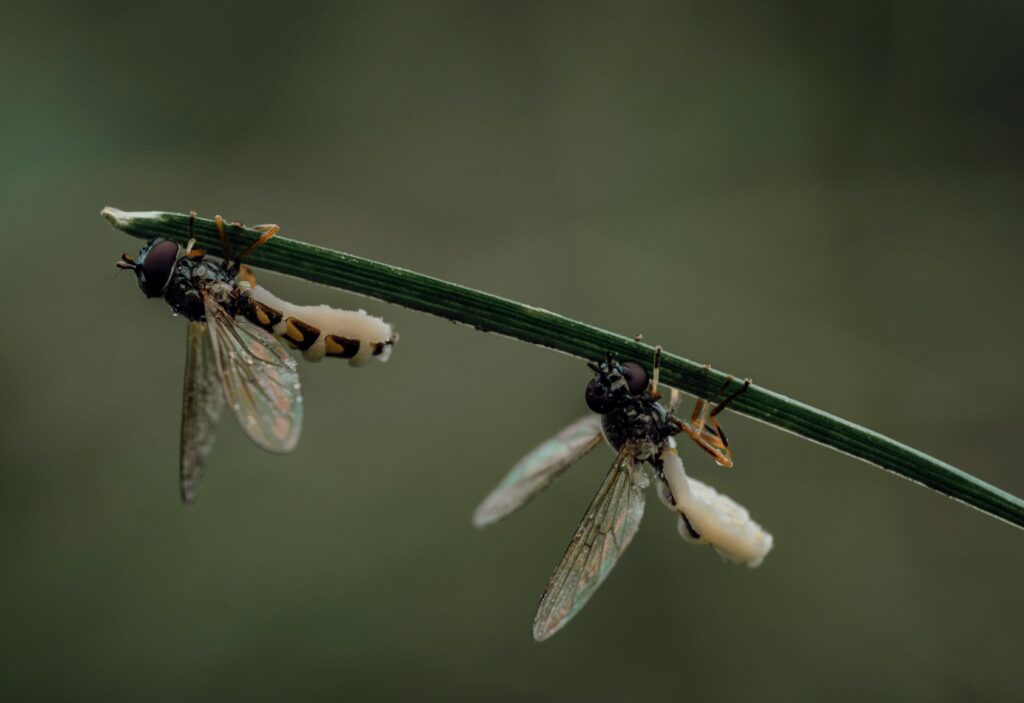In the intricate dance of nature, lifespans serve as crucial markers of evolutionary success. Among the most fascinating examples of this phenomenon are insects, whose life expectancies can dramatically shift between wild habitats and captive environments. While some insects perish quickly in artificial settings, many species actually experience significantly extended lifespans when carefully maintained in captivity. This remarkable difference highlights the complex interplay between environmental pressures, predation, resource availability, and stress factors that determine how long these tiny creatures survive. Understanding why captive insects often outlive their wild counterparts offers valuable insights into both ecological principles and the potential for conservation efforts in an increasingly changing world.
The Natural Lifespan Limitations of Wild Insects
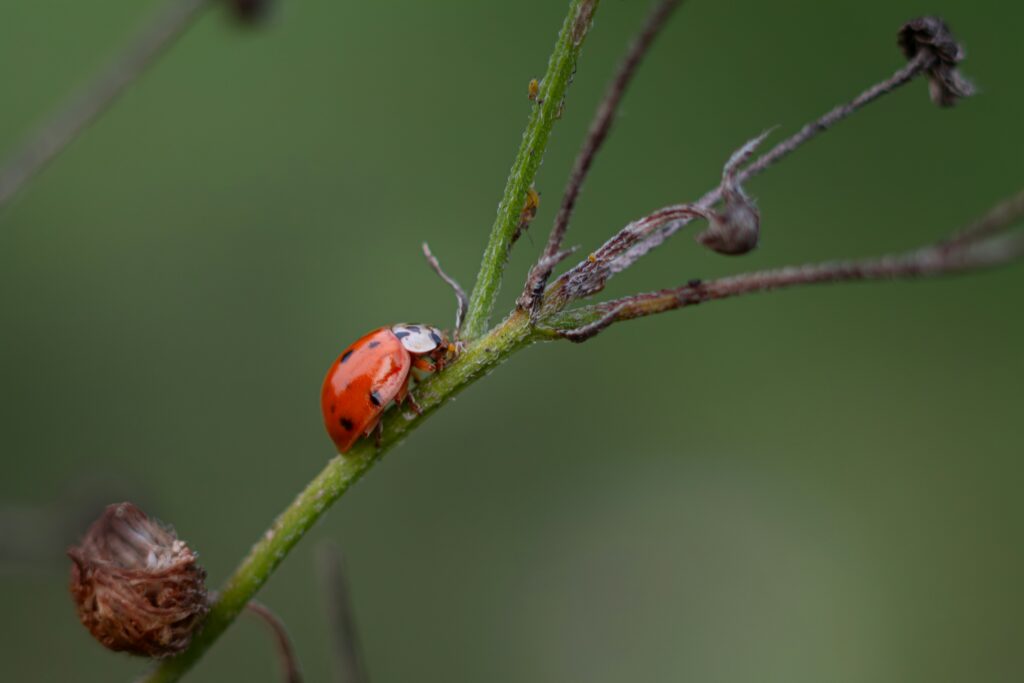
In their natural habitats, insects face a relentless gauntlet of challenges that consistently limit their longevity. Predators lurk at every turn, from birds and reptiles to other arthropods and even plants that have evolved to consume insects. Harsh and unpredictable weather conditions—from sudden temperature drops to flooding or drought—can decimate entire populations in mere hours. Parasites and diseases spread rapidly through wild insect communities, particularly in densely populated areas where transmission occurs easily. Additionally, competition for limited resources like food, water, and suitable reproduction sites creates constant stress that diverts energy away from longevity-supporting biological processes and toward immediate survival needs.
Predator-Free Existence in Captivity
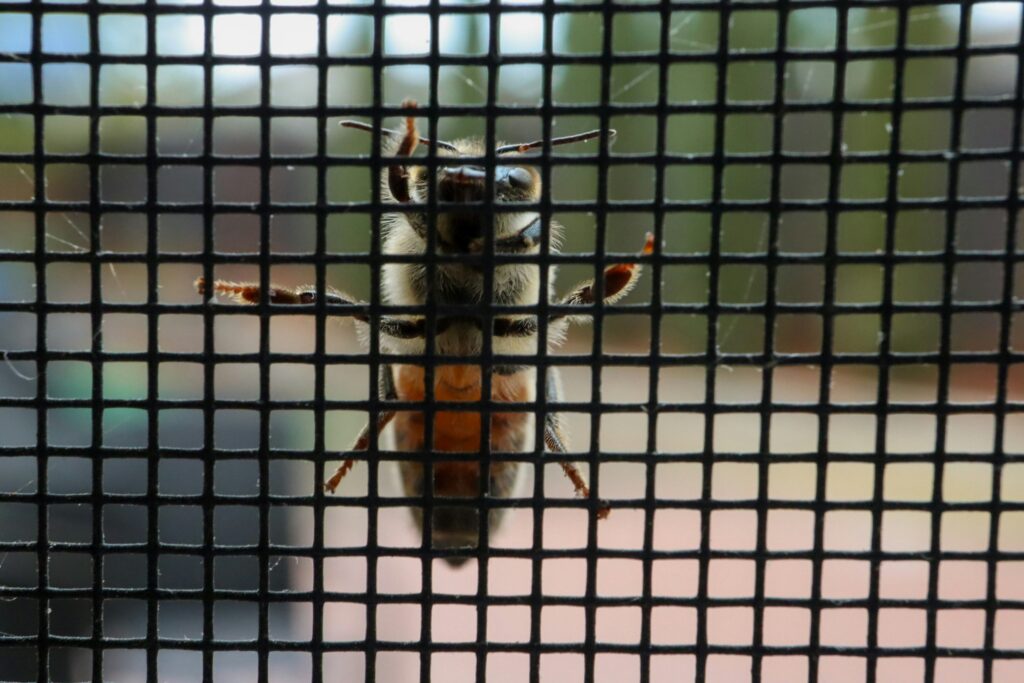
Perhaps the most obvious advantage captive insects enjoy is the absence of natural predators that would otherwise cut their lives short. In the wild, even the most well-adapted insects might survive numerous predation attempts before eventually succumbing to a faster, stronger, or more clever hunter. Captive environments eliminate this ever-present threat, allowing insects to live out their full biological potential without the constant drain of predator avoidance behaviors. For example, studies have shown that captive butterflies can live up to three times longer than their wild counterparts simply by removing predation pressure. This predator-free existence means energy that would typically be spent on vigilance, escape mechanisms, and recovery from non-fatal attacks can instead be channeled toward basic metabolic functions that support longevity.
Optimal Nutrition and Resource Availability
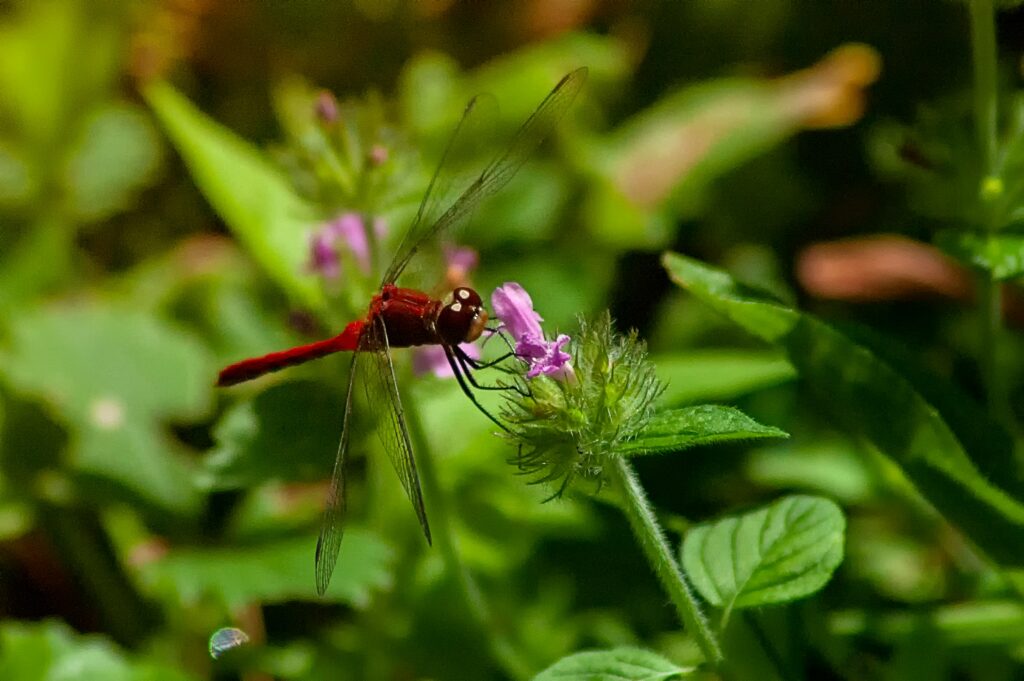
Captive insects benefit tremendously from consistent, optimal nutrition that wild populations can only dream of encountering. In laboratory or household settings, caretakers can provide precisely formulated diets that contain all essential nutrients in ideal proportions, something rarely achieved in variable wild food sources. For instance, captive mantids fed a regular diet of appropriately-sized prey items typically live months longer than wild specimens that experience frequent periods of hunger between successful hunts. Water availability—a critical but often overlooked factor in insect survival—remains constant in captivity, eliminating dehydration risks that frequently claim wild insect lives. Additionally, the energy normally spent foraging or hunting can be redirected toward bodily maintenance and repair, contributing significantly to extended lifespans.
Protection from Extreme Weather Conditions
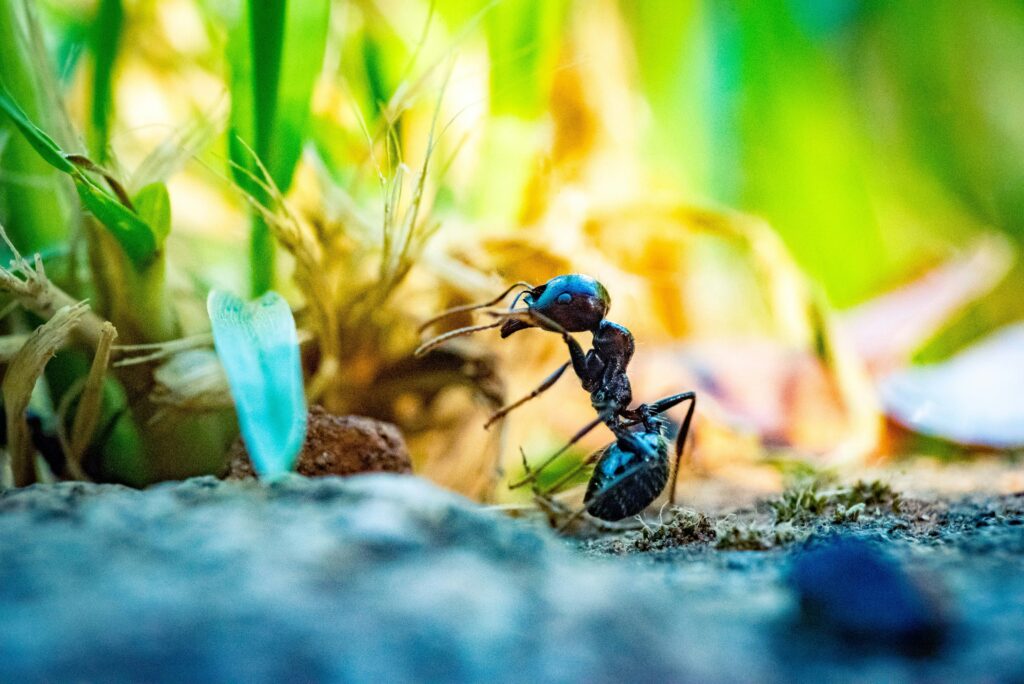
Weather events represent one of the most unpredictable and devastating forces affecting wild insect populations, but captive specimens enjoy remarkable protection from these dangers. Temperature extremes can be lethal for insects, whose ectothermic bodies rely on environmental heat to function properly; captive settings typically maintain optimal temperature ranges that wild insects might experience for only brief periods naturally. Humidity levels can be carefully controlled to prevent both desiccation and fungal infections that plague wild populations during particularly dry or wet seasons. Protection from direct precipitation events like heavy rain, which can physically damage delicate insects or drown them, represents another significant survival advantage in captivity. Even subtle environmental factors like air pressure and light cycles can be optimized in captivity to reduce physiological stress and promote longer lifespans.
Reduced Energy Expenditure

The conservation of energy plays a crucial role in extending insect lifespans in captivity. Wild insects expend enormous amounts of energy on essential activities like searching for food, avoiding predators, finding mates, and locating suitable microhabitats as conditions change. This constant energy expenditure accelerates metabolic processes that, according to some theories of aging, contribute to cellular damage and ultimately shorter lifespans. Captive environments drastically reduce these energy demands by providing all necessities within a confined space, allowing insects to direct their limited energy reserves toward cellular maintenance and repair. Studies with fruit flies have demonstrated that specimens with artificially restricted movement (simulating reduced activity in captivity) often live significantly longer than their more active counterparts, supporting this energy conservation theory.
Disease and Parasite Management
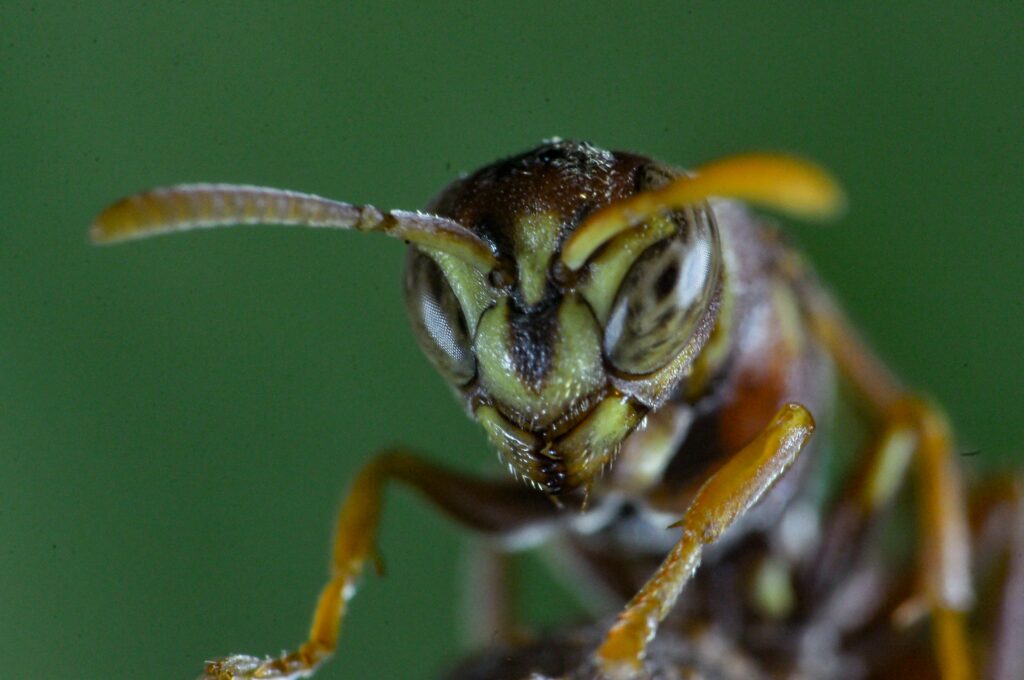
The control of pathogens and parasites represents another significant factor in the extended lifespans of captive insects. In the wild, insects face constant exposure to a wide range of microorganisms and parasitic species that can weaken or kill them, from nematodes and fungi to specialized parasitoid wasps that lay eggs inside living hosts. Carefully maintained captive environments can dramatically reduce or eliminate these threats through quarantine procedures, substrate sterilization, and controlled introduction of food sources. Professional insectaries and research laboratories often implement strict prophylactic measures to prevent disease outbreaks, including regular cleaning protocols and immediate isolation of any specimens showing signs of infection. For social insects like ants or bees, disease control in captivity is particularly significant, as pathogens can spread rapidly through wild colonies but can be effectively managed in artificial settings.
Reduced Reproductive Stress

Reproduction represents one of the most energy-intensive processes in an insect’s life cycle, and the reduction of reproductive pressure in captivity often contributes significantly to longer lifespans. Wild female insects typically produce hundreds or even thousands of eggs during their lifetime, a process that depletes bodily resources and accelerates aging. In captivity, especially in research settings, insects may be kept in single-sex groups or under conditions that don’t stimulate reproductive behaviors, allowing them to redirect those substantial energy reserves toward somatic maintenance. Some insect species demonstrate dramatic examples of this trade-off – queen ants in laboratory settings can live for decades rather than years when their reproductive output is carefully managed. This phenomenon aligns with broader evolutionary theories about the trade-off between reproduction and longevity observed across animal species.
Species-Specific Variations in Captive Longevity
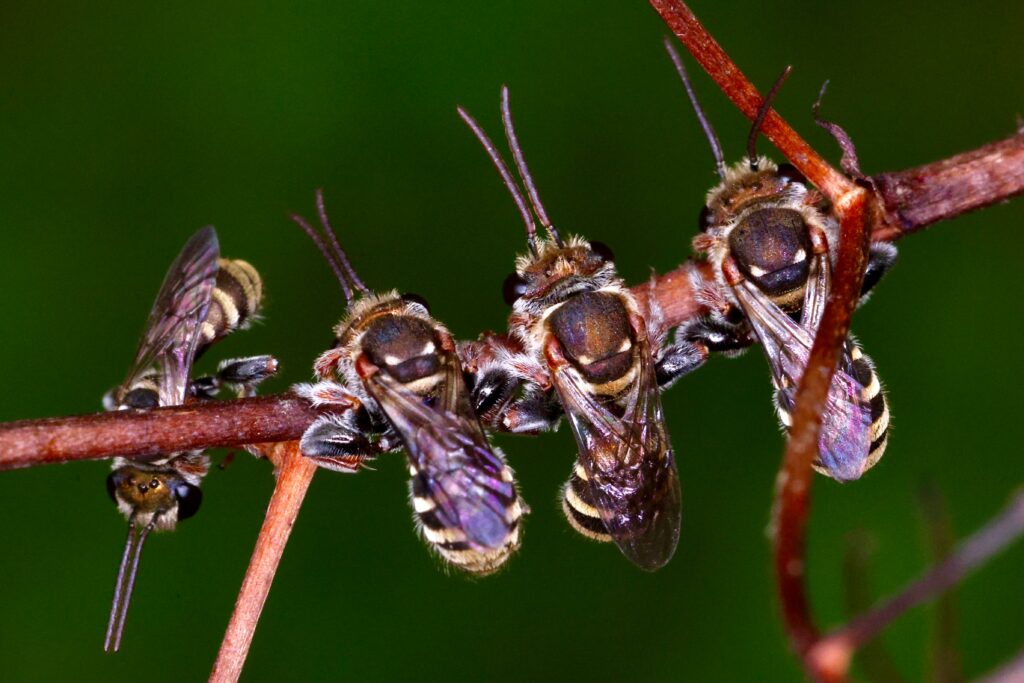
Not all insect species respond equally to captive conditions, with some demonstrating much more dramatic lifespan extensions than others. Social insects like ants, termites, and certain bees tend to show the most remarkable longevity increases, with queens sometimes living 10-50 times longer than they would in challenging wild conditions. Beetles, particularly larger species with naturally longer lifespans, also tend to thrive and live significantly longer when their needs are properly met in captivity. Conversely, highly specialized pollinators or insects with complex life cycles involving multiple host plant species often struggle to match their wild lifespans in captivity despite predator protection. These variations reflect each species’ evolutionary adaptations and their flexibility in responding to environmental changes, offering important insights for both conservation efforts and evolutionary biology research.
The Role of Stress Reduction
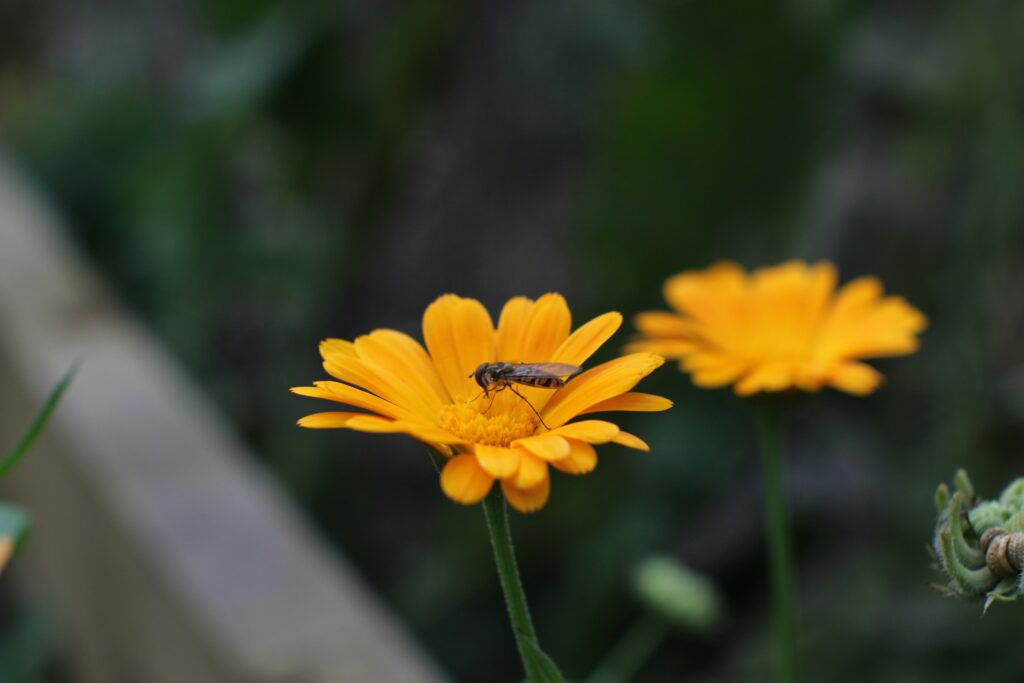
Chronic stress represents a significant but often overlooked factor affecting insect longevity, with captive environments potentially offering substantial stress reduction benefits. Wild insects experience near-constant stressors including predator encounters, competition, temperature fluctuations, and resource unpredictability, all of which trigger physiological stress responses that can accelerate aging processes at the cellular level. Well-designed captive environments eliminate or minimize many of these stressors, creating conditions where insects can maintain more balanced internal states conducive to longevity. Research with various insect species has demonstrated that stress hormones like juvenile hormone and ecdysone—which regulate development but also influence aging—show different patterns in captive versus wild specimens. This hormonal stability in captivity appears to slow aging processes and contribute to the extended lifespans observed across multiple insect groups.
Human Intervention and Medical Care
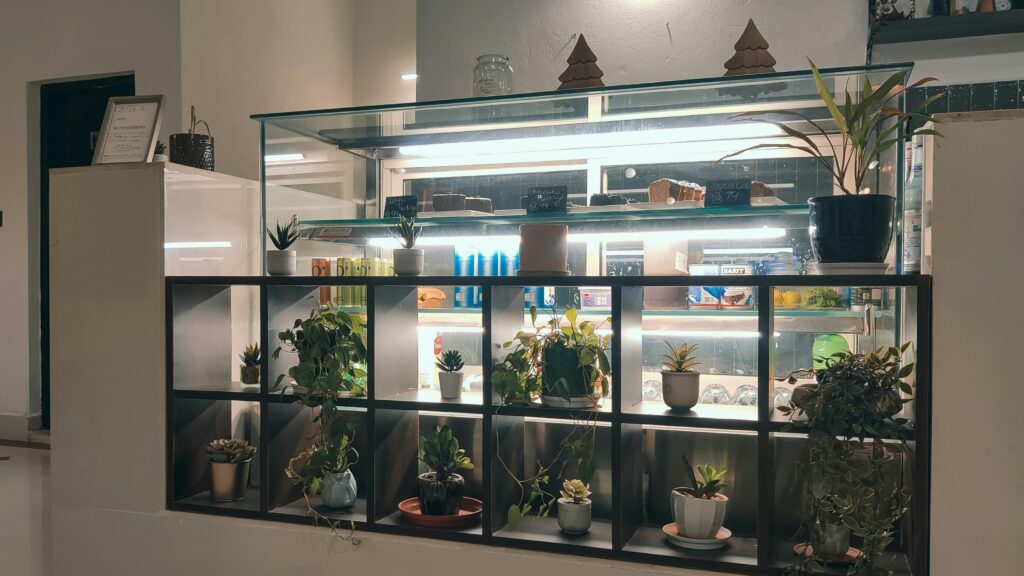
While rarely considered, human intervention provides captive insects with a form of healthcare unavailable to their wild counterparts, further extending potential lifespans. Attentive caretakers can identify early signs of disease, fungal infections, or parasitic infestations and take immediate action to address these issues before they become life-threatening. Specialized treatments like properly diluted antifungal applications can save captive insects that would certainly perish in the wild. Professional breeders and researchers sometimes perform minor surgeries or physically remove parasites from valuable specimens, interventions that would be impossible in natural settings. Additionally, the careful selection of appropriate substrates, hiding places, and climbing structures can prevent injuries that might otherwise lead to infection or impair an insect’s ability to feed properly in the wild.
The Downside: Genetic and Behavioral Implications

Despite the longevity benefits, extended captive lifespans come with certain drawbacks that raise important considerations for conservation and reintroduction efforts. Captive populations often experience reduced genetic diversity over generations, as limited breeding pools and artificial selection (intentional or unintentional) favor traits that may not be advantageous in the wild. Behavioral adaptations to captivity can develop surprisingly quickly, with insects losing crucial survival skills like predator recognition, efficient foraging strategies, or appropriate mate selection behaviors after just a few generations. These changes can make captive-bred insects poor candidates for reintroduction to natural habitats despite their health and longevity advantages. Furthermore, extended lifespans in captivity may create unrealistic expectations about conservation outcomes when captive-reared insects are released into challenging wild environments where their artificially extended longevity rapidly reverts to natural levels.
Applications in Conservation Biology

The extended lifespans of captive insects offer valuable applications in conservation efforts for threatened and endangered species. By maintaining insects in protective captivity, conservation programs can effectively “buy time” for species facing habitat destruction or other immediate threats, preserving genetic diversity while natural habitats are restored or protected. Longer-lived captive specimens, particularly females with extended reproductive periods, can produce more offspring for eventual reintroduction, accelerating population recovery efforts. The controlled conditions of captivity also allow researchers to identify and address specific survival challenges that wild populations face, developing targeted interventions that might improve wild survival rates. Additionally, long-lived captive insects serve as ambassador species in educational settings, building public awareness and support for invertebrate conservation—a traditionally overlooked but critically important area of biodiversity protection.
Insights into Aging and Longevity Research
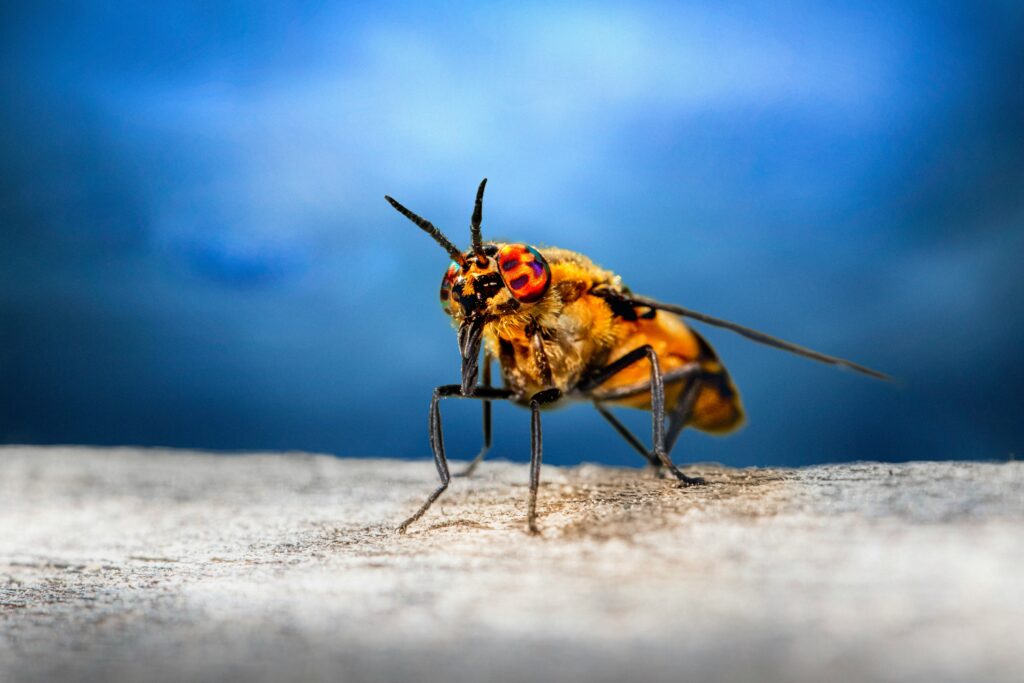
The dramatic lifespan differences between wild and captive insects have made them invaluable models for understanding the fundamental biological mechanisms of aging across species. The relatively short lifespans of insects, combined with their genetic tractability and ease of maintaining large populations, allow researchers to conduct controlled studies on factors affecting longevity that would be impractical with longer-lived animals. Drosophila fruit flies, whose lifespans can double or triple in optimal laboratory conditions compared to wild environments, have become cornerstone research organisms in biogerontology, yielding discoveries about genetic pathways that influence aging and are conserved across animal species, including humans. The trade-offs between reproduction and longevity, clearly demonstrated in many captive insect populations, provide evidence for evolutionary theories of aging that help explain why organisms age at all. Furthermore, studying how different environmental factors in captivity extend insect lifespans offers insights into potential interventions that might slow aging processes more broadly.
Conclusion
The remarkable lifespan extension many insects experience in captivity highlights the profound impact of environmental conditions on longevity across the animal kingdom. By removing predation pressure, providing optimal nutrition, eliminating weather extremes, reducing disease exposure, and minimizing reproductive stress, captive environments address nearly every major mortality factor that limits insect lifespans in the wild. These differences not only inform our understanding of insect biology but also provide valuable insights into fundamental questions about aging, evolutionary trade-offs, and conservation strategies. As we continue to face unprecedented biodiversity challenges, the lessons learned from studying captive insect longevity may prove increasingly valuable in efforts to protect and preserve these ecologically essential creatures for future generations.

